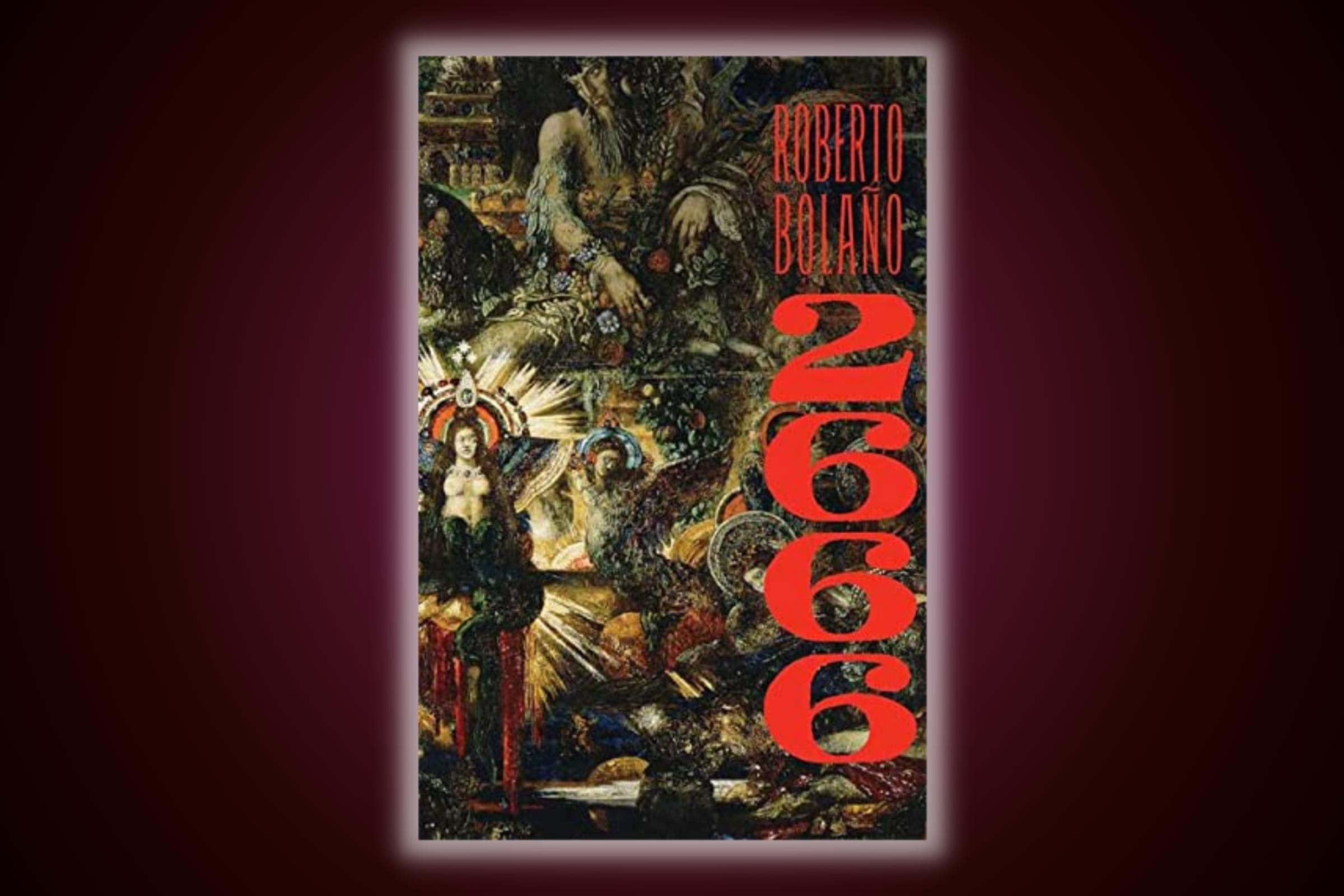Roberto Bolaño died of liver failure in 2003 at the age of 50. At the time, he was already considered by many in the literary world of Latin America to be one of the most important writers of his generation—but the novel 2666, which he was writing at the time, was meant to be his masterpiece. It was posthumously published in Spanish in 2004, based on his written instructions, and translated into English by Natasha Wimmer in 2008. Bolaño sets his story in the fictional city of Santa Teresa, which serves as a stand-in for Juárez, Mexico, where hundreds of women were murdered in the 1990s and 2000s. With its multiple protagonists and perspectives, 2666 is not a traditional crime novel, but instead a rich tapestry of a region racked by unaccountable atrocity, destabilizing violence—depicted graphically in the book—and deep-seated corruption (akin to The Wire but in the form of a novel set in Mexico). With its mix of broad-mindedness and clarity of vision, 2666 reveals the essential nature of border crime. —Elijah Wolfson
Buy Now: 2666 on Bookshop | Amazon
- The 100 Most Influential People of 2024
- How Far Trump Would Go
- Why Maternity Care Is Underpaid
- Scenes From Pro-Palestinian Encampments Across U.S. Universities
- Saving Seconds Is Better Than Hours
- Why Your Breakfast Should Start with a Vegetable
- Welcome to the Golden Age of Ryan Gosling
- Want Weekly Recs on What to Watch, Read, and More? Sign Up for Worth Your Time
